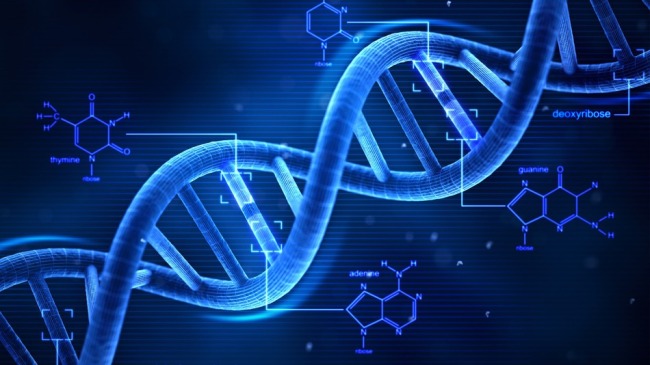Paper review 2
Glycolysis inhibition for cancer treatment
Hey readers! Nasir here again and for this post I will be giving a review on an interesting excerpt I uncovered while researching glycolysis..so have a read!
This paper consisted facts on the metabolic pathway known as glycolysis and how the knowledge on said metabolic pathway can profit medicine a promising step into battling the deadly disease known as cancer. The paper highlighted that most cancer cells tend to show an increased rate of glycolysis for the generation of ATP and these may be as a result of one of or a combination of 1) mitochondrial defects 2) adaptation to hypoxic environment in cancer tissues and 3) abnormal expression of certain metabolic enzymes. (As seen in previous posts, ATP is one of the main universal energy currencies for the cell.) This increase in the rate of glycolysis (described by Otto Warburg) is known as the Warburg effect. More importantly, this increase in metabolic activity provides a biochemical basis for a design into therpeudic strategies to preferentially kill cancer cells by inhibiting glycolysis.
Now, many advances into the destruction of cancer cells have been developed; such as target specific agents designed to interact with the key cells that contribute to cancer without damaging normal cells. However this paper illustrates several attempts that can be undergone to kill malignant cells effectively by inhibiting phases in glycolysis. As is known by the scientific community, the process of glycolysis undergoes 10 important reactions, each catalysed by a specific enzyme to generate 2 ATP. The paper decribes that recent studies have provided evidence that inhibition of glycolysis is more prominent on cells with a higher rate of glycolysis because of either genetic defects or a lack of oxygen. For instance if the enzyme hexokinase is inhibited by 3-BrPA, it causes a rapid decrease in the generation of ATP and can lead to massive cell death. The paper goes on to explain that if glycolysis is inhibited, the intact normal mitochondria in normal cells tend to utilise other materials such as fatty acids and amino acids as a means to generate ATP. As such, normal cells are expected to be less sensitive to the agents that will inhibit glycolysis and are relatively unaffected. Another agent mentioned is 3-Bromopyruvate, and inhibits hexokinase to abolish ATP production and cause severe cellular depletion of ATP; it also shows tendencies to target cells exhibiting high glycolytic rate and rapidly dephosphorylate the substrate leading to massive cell death. Furthermore the inhibitor Oxythiamine is also mentioned tasked with the inhibition of pyruvate dehydrogenase leading to a block in aerobic respiration.
The paper was very informative in that it helps highlight the many important pathways in glycolysis and also allows an informative insight into how cells can be influenced on a biochemical basis to achieve a much desired outcome; in this case, battling cancer.
I hope this was an informative read! Please do not forget to comment.
~Nasir
References: Pelicano H, Martin DS, Huang P.(2006) “Glycolysis inhibition for cancer treatment” accessed 12/04/14. Published by University of Texas MD Anderson Cancer Center, Houston,TX,USA.











